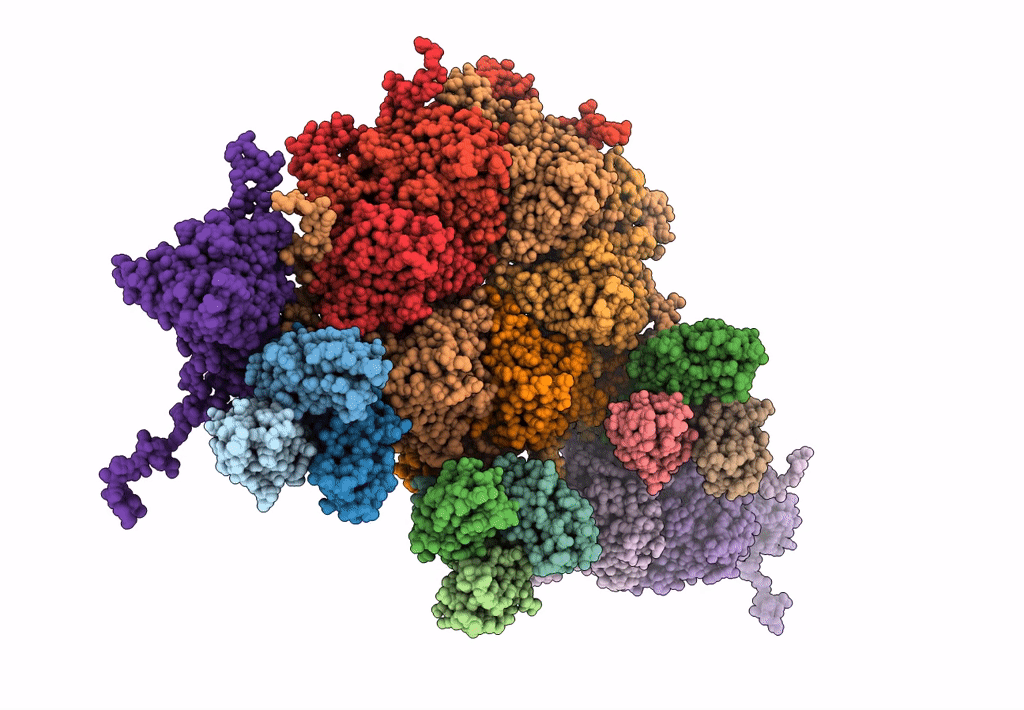
Deposition Date
2020-12-08
Release Date
2021-10-27
Last Version Date
2024-05-29
Entry Detail
PDB ID:
7DN2
Keywords:
Title:
Acidic stable capsid structure of Helicobacter pylori bacteriophage KHP30
Biological Source:
Source Organism:
Helicobacter pylori bacteriophage KHP30 (Taxon ID: 1208236)
Method Details:
Experimental Method:
Resolution:
2.70 Å
Aggregation State:
PARTICLE
Reconstruction Method:
SINGLE PARTICLE


